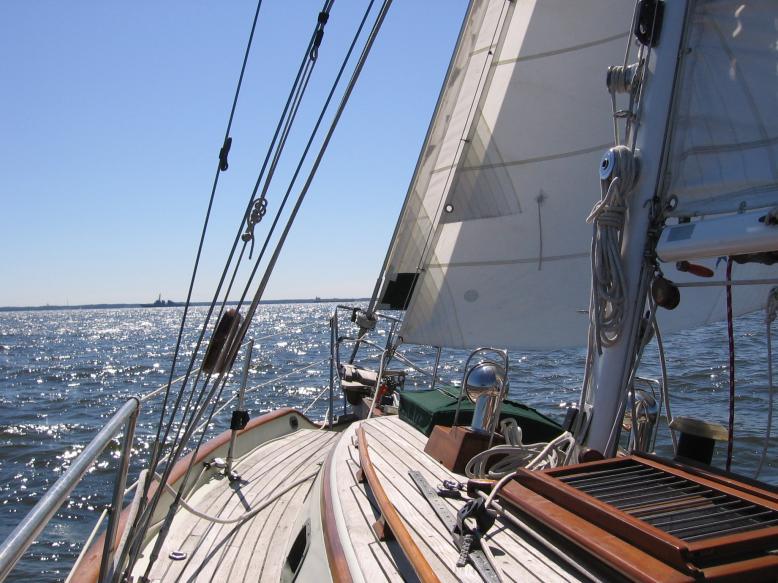
When you first start out sailing there’s a steep learning curve. It’s a good idea to take classes, but often sailing know-how is best absorbed with a combination of learning and hands-on experience. There’s nothing quite like getting your feet wet and gaining some first-hand knowledge of how to safely move around on deck and be a capable crew member.
If you plan to buy your own boat you’ll need to not only choose from the different styles of boats available but you’ll need to buy insurance, find a mooring for rent, and learn some basic boat maintenance. With so much to get to grips with, it’s easy to get overwhelmed, so start with the basics of what you can control and start honing your sailing skills.
Here’s a list of some basic things to help you have success from the beginning as you start to sail.
Start With A Small Boat
Fewer lines and sails make it easier to keep track of everything. A small dingy will be more responsive and easier to manoeuvre, enabling you to feel the force of the wind and water acting on the boat. Once you have gained the basic knowledge on a smaller vessel you’ll be able to take what you’ve learned and apply it to bigger boats.
Capsize on Purpose
Yes, you want to capsize your boat at least once on purpose. It’s better to practice recovery in a controlled environment rather than an uncontrolled one, and you’ll learn a lot from the experience.
Choose the Right Day
When you first take to the water you, ideally, want calm seas, low traffic, and lighter rather than stronger winds. If there’s sun and zero chance of precipitation that’s a nice bonus, but it’s not necessary. Remember to dress appropriately as it’s usually cooler out on the water than it is on shore. Start out with a pair of non-slip shoes and a waterproof jacket and try to borrow some sailing attire from friends or other crew members before making any big investments yourself.
Be Prepared
Check the weather and wind forecasts and always remember that no matter how perfect it seems, one of the basics of boating is to be prepared. Unless you are staying very close to shore take provisions like food and water, clothing and weather gear. Conditions can change quickly and you want to ensure you avoid any potentially risky situations. Always let someone who’s staying on shore know when you’re going out and have a floatation device on board.
Respect The Boom
The boom is the large, heavy bar at the foot of the mainsail. It swings across the boat when you tack or jibe and you don’t want to be in its way. Some of the most common sailing injuries are a result of not being aware when the boom is about to swing, but it’s easy to avoid. Experienced sailors also know how to control the boom by “sheeting in” to keep it from moving as freely, a technique that also avoids unnecessary wear on the boat.
Know Basic Terms
Learning some basic sailing terms not only makes you feel more “part of the club” it helps you to understand what’s going on and be in a position to contribute. However, it’s much more than just talking the talk as these terms are used to bring attention to parts of the boat, as well as what is going to happen while setting a course through the water.
For example, if you were told to go the “starboard” side, you need to know if that means the left or right hand side of the boat. If you here “ready about”, it’s important to be aware that the boat is about to change direction and you need to be able to adapt to that shift. Knowing these terms is not just important in terms of general boating knowledge but for the safety of you and the rest of the crew.
Time to Set Sail
Once the prep work is done you can relax and enjoy being out on the water. The more time you spend sailing, the more comfortable you will be on the water. There’s a great community around sailing and everyone is there to help each other out, so if you’re ever unsure about anything, just ask someone with more experience than you and build your base-knowledge.
Take your time and get to grips with the basics and sailing will quickly become second nature to you. You’ll be able to read the winds, the tides and the conditions with confidence and the entire experience will be safer, more fulfilling and ultimately more enjoyable for you and everyone onboard.